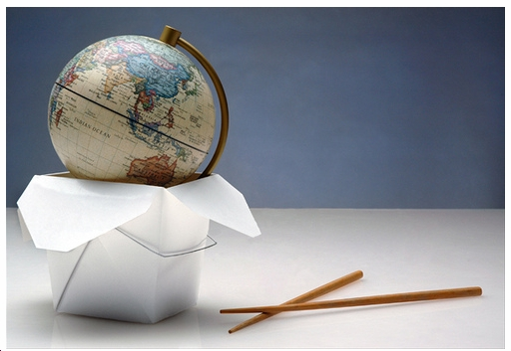Jadon Joyner & Sabrina Hsu
The class started with a sense of hesitant excitement, where our classmates sat next to each other, fully aware that we will be spending our first month of summer together, but still weren’t comfortable enough to make small talk. However, Professor Sheehan’s mini introduction activity – what he called “twitterographies” – allowed us to get to know each other better. His emphasis on remembering everyone’s names by Wednesday (or else we have to bring snacks for the class) also helped us pay more active attention to our classmates. Professor Sheehan also went over some rules and basic orientation topics, such as the importance of being punctual (again, threatening that we’ll need to buy snacks) and general safety precautions once we get to China.
On the academic front, we discussed Eriksen’s Globalization: The Key Concepts and Hobsbawm’s The Invention of Tradition. Not only did we learn more about globalization, but also started assembling our “toolkit”, where we will carry with us to dissect evidence during our fieldwork in China. This toolkit consists of things we should be aware of and concepts that we can use to better understand and analyze what we are presented in support or contradiction to our arguments. In the case of Hobsbawm’s article, we learned that nothing should be taken without an ounce of skepticism, and critical thinking is key in any knowledge intake. We also have a list of things we should look out for when analyzing visual evidence, and it is a useful compilation of items we can use for our quizzes and for a deeper understanding of advertisement or visual evidence in general. To use this visual evidence tool, Professor Sheen had the class analyze every aspect of this image in order to understand the message, intent, and meaning of this advertisement.
This exercise helped reinforce the concepts we had just learned while also preparing us for our field work in China. On top of that, we were repeatedly exposed to the fact that globalization is not one, simple concept or phenomenon, but rather one that is complex, multi-directional and multi-dimensional – this makes the topic harder but infinitely more interesting to explore and dissect.

